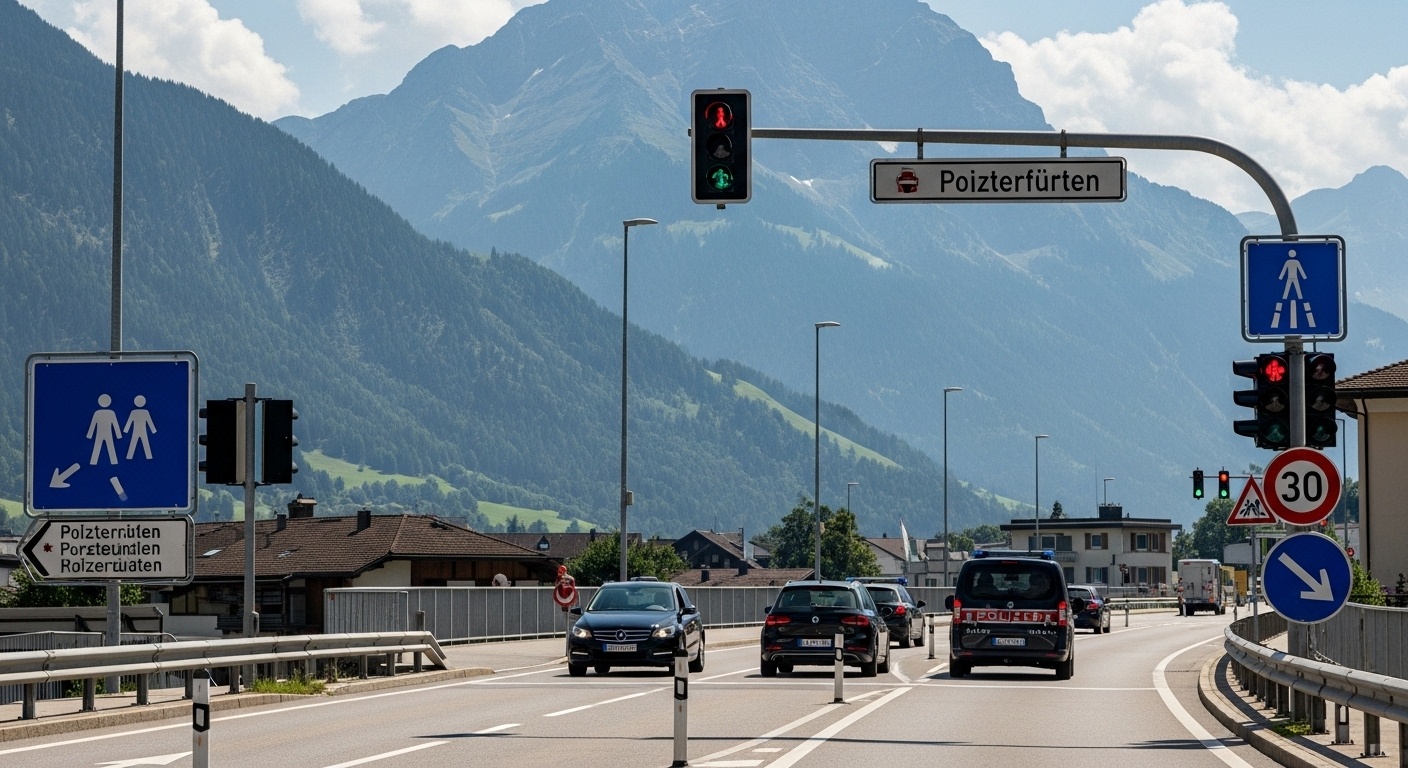Switzerland is renowned for its precise regulations, and traffic rules are no exception. Driving in Switzerland requires not only attention and skill but also a thorough understanding of the strict local regulations. While most international drivers are familiar with basic traffic rules, there are certain specifics you should be aware of in 2025, especially if you frequently commute between different cantons.
Basics of the Swiss Road Traffic Act
First and foremost, it is important to be aware of the uniform speed limits. Generally, 50 km/h is allowed in built-up areas, 80 km/h on rural roads, and 120 km/h on highways. However, note that in some cantons like Zurich and Geneva, there are special zones with reduced speed limits, particularly in residential areas or near schools.
The Importance of Traffic Signs
Another indispensable element is traffic signs. Switzerland has numerous signs that can vary in meaning. Particularly, the blue signs for highway exits and the green ones for national main roads are significant. Also, pay attention to temporary signs, which are often set up to manage traffic during construction work.
Driver’s License and Vehicle Obligations
If you wish to drive in Switzerland, you must possess a valid driver’s license. Individuals with an EU or EFTA license may drive in Switzerland without additional tests, but should be aware that an exchange becomes necessary if they stay in the country for more than a year. Newcomers must undergo mandatory driving training to handle the weather-related challenges posed by the Swiss climate, such as snow-covered roads in winter.
Vehicle Inspection and Control
One of the most common topics discussed by new car owners is the periodic vehicle inspection – known as the Motorfahrzeugkontrolle (MFK). For many, this is a stress factor. The first MFK takes place four years after the initial registration, and then every three years thereafter. Prepare your vehicle thoroughly by checking common issues like worn tires or faulty lighting.
Driving in the Mountains: Special Challenges
The Swiss landscape is picturesque, but driving in the mountains requires special skills. It is recommended to carry chains when traveling to higher regions like the Engadin or the Bernese Oberland in winter. Remember that some passes are seasonally closed. A good tip is to download the Swiss Alpine Club (SAC) app to get current road condition reports.
Tips for Winter Driving
Winter often brings icy roads and poor visibility. Statistically, accidents increase during the winter season, so it is crucial to have the right equipment. Invest in winter tires with a tread depth of at least 4mm and regularly check the antifreeze level in your windshield washer system.
Parking Regulations and Fees
Parking can be a challenge, particularly in urban areas like Zurich or Basel. Switzerland uses a widespread system of blue parking zones, which allow a maximum parking time of one hour during business hours. Be aware of the often high penalties for violations, which can quickly amount to 40 to 100 CHF.
Charging Electric Vehicles
Switzerland promotes the transition to electric vehicles through a dense network of charging stations. In urban areas, there are numerous opportunities to charge your vehicle, although fees may vary. A practical tip is to subscribe to one of the major providers like SwissCharge to save on costs.
Conclusion
Driving in Switzerland can be challenging, but with the right knowledge and a bit of preparation, it becomes an enjoyable experience. Ensure that you are always up to date with the regulations and plan your trips carefully. After all, it’s not just about arriving safely, but also about enjoying the breathtaking beauty of Switzerland. With these tips, you are well-equipped to navigate the roads of Switzerland safely in 2025.
